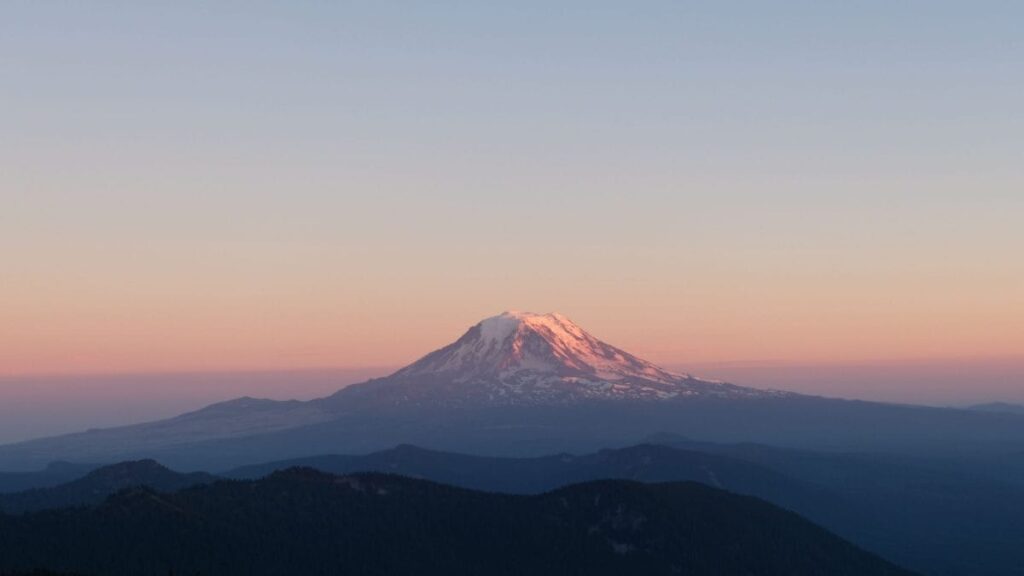Could Mount Adams, Washington’s Largest Volcano, Erupt After Centuries Of Silence?


Despite the recent increase in seismic events, the USGS currently maintains that there is no immediate cause for alarm, (Photo: Shutterstock)
At this point, it’s unclear whether the recent earthquakes signal a larger awakening of the volcano or if they’re just random occurrences.
Mount Adams, the largest volcano in Washington, has shown an increase in seismic activity after lying dormant for thousands of years, recent reports suggest. To address this, the US Geological Survey (USGS) has begun installing temporary seismic stations around the volcano to better assess whether an eruption might be on the horizon. Despite the recent increase in seismic events, the USGS currently maintains that there is no immediate cause for alarm, keeping Mount Adams’ alert level at GREEN / NORMAL. However, with the uptick in seismic activity, the agency is being cautious, stepping up its monitoring efforts by installing more equipment.
This will help them detect smaller earthquakes and understand the causes behind the increased activity. As reported by The Times of India, the USGS stated, “The results of our findings will determine if any additional actions are needed.”
At this point, it’s unclear whether the recent earthquakes signal a larger awakening of the volcano or if they’re just random occurrences. Historically, Mount Adams has mostly seen small lava flows rather than major eruptions, so if there were an eruption, it might not be explosive.
According to research, Mount Adams has produced four lava flows in the last 12,000 years, none of which travelled far from the volcano. The USGS has also pointed out that the biggest risk to nearby communities comes from lahars—mudflows of rock, ash and ice—which can occur both during and without an eruption. These lahars can travel long distances, with past ones reaching far from the volcano roughly 6,000 and 300 years ago.
There’s also a concern about the large amount of hydrothermally weakened rock hidden beneath the ice-capped peak. This weakened rock could potentially trigger landslides in the future, spreading lahars far from the mountain. Due to this potential danger, Mount Adams is classified as a high-threat volcano, though this classification is based more on what could happen rather than on its current impact on nearby populations.
For now, the Cascade Volcano Observatory (CVO) and the Pacific Northwest Seismic Network (PNSN) will continue monitoring the situation closely and provide updates as needed.
could-mount-adams-washingtons-largest-volcano-erupt-after-centuries-of-silence





